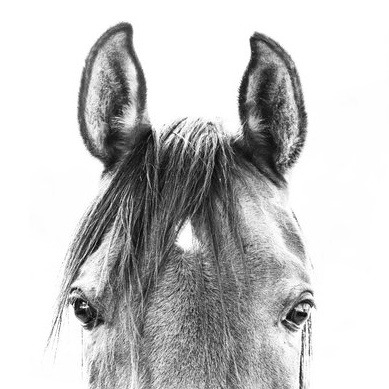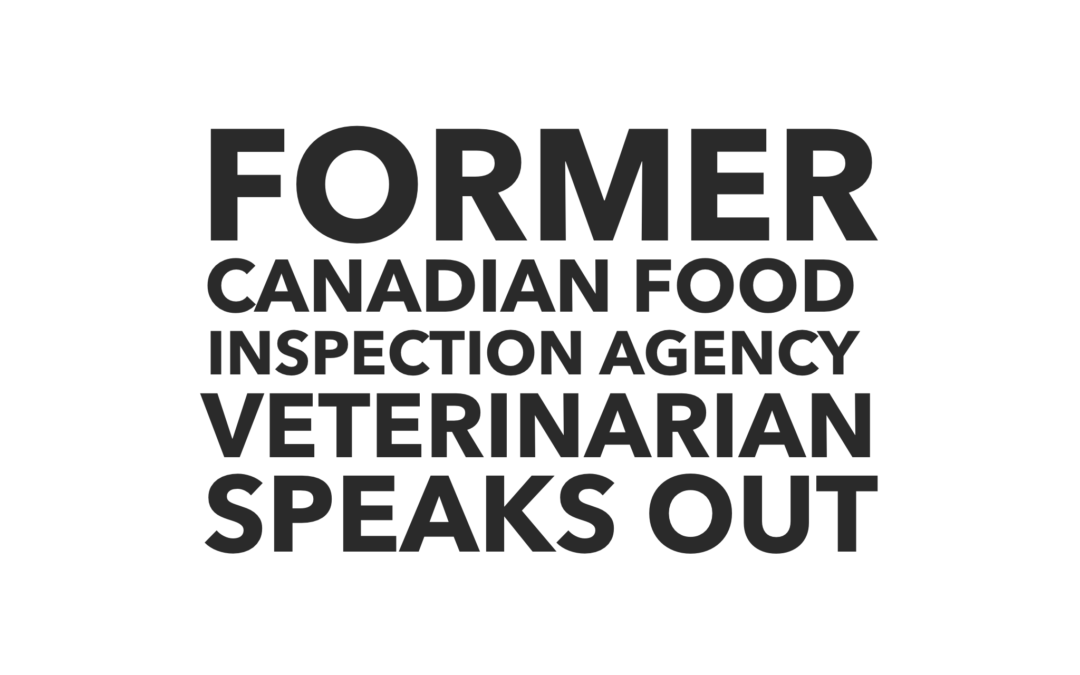YOU CAN HELP PASS BILL C-355First published Dec. 12, 2024. Updated Dec. 21, 2024. Okay, we know, we know, you've signed and shared petitions including multiple Member of Parliament sponsored e-petitions - THANK YOU. [Those e-petions went a long way to getting Bill...

Prairie Dark Room Trisia Eddy
Here’s another great example of an amazing Horse Hero. Someone who puts her actions and her money where her mouth is. Meet photographer extraordinaire and horse advocate Trisia Eddy, from The Prairie Dark Room, in Alberta, Canada.
Like so many Trisia is incredibly busy with family and work but even still she recently took the time to shoot and share gorgeous pictures, and to write and share compelling thoughts on the matter of horse slaughter.
In addition she recently volunteered and built a website for Horse Heroes Alberta.
Our hat is off to Trisia who writes:
“It feels exciting and adventurous to be in the field, taking pictures of horses in the wild, or at liberty, at play. However, spend enough time as an advocate for horses, and eventually you will be confronted with the other side of the field: the auction house.
It is a sad reality that as a society, we have created a system which commodifies animals, and horses are no exception. Attend auctions routinely, and you will soon realize that the majority of the animals coming through the door wind up on the truck to the slaughterhouse.
Trace the path of these horses and one cannot help but be appalled: the system is poorly managed, the meat is not fit for human consumption (despite the high prices it garners,) and people willingly turn a blind eye to the amount of indiscriminate over-breeding and abuse that is rampant.
Taking pictures at the auction is controversial and difficult. Some argue it creates unnecessary tension, and insist that it shouldn’t be done. As a photographer, however, it is my role to capture what I see. To me, there is no difference between sharing an image of a horse enjoying freedom, wild in the mountains, and a horse captive in a pen, waiting to be sold to a meat buyer…they are all equal. They show affection to one another, they express interest in the humans they interact with. They exhibit pain and fear. Each and every one of them deserve recognition as a being worthy of respect; each and every one deserve to have their story told.”
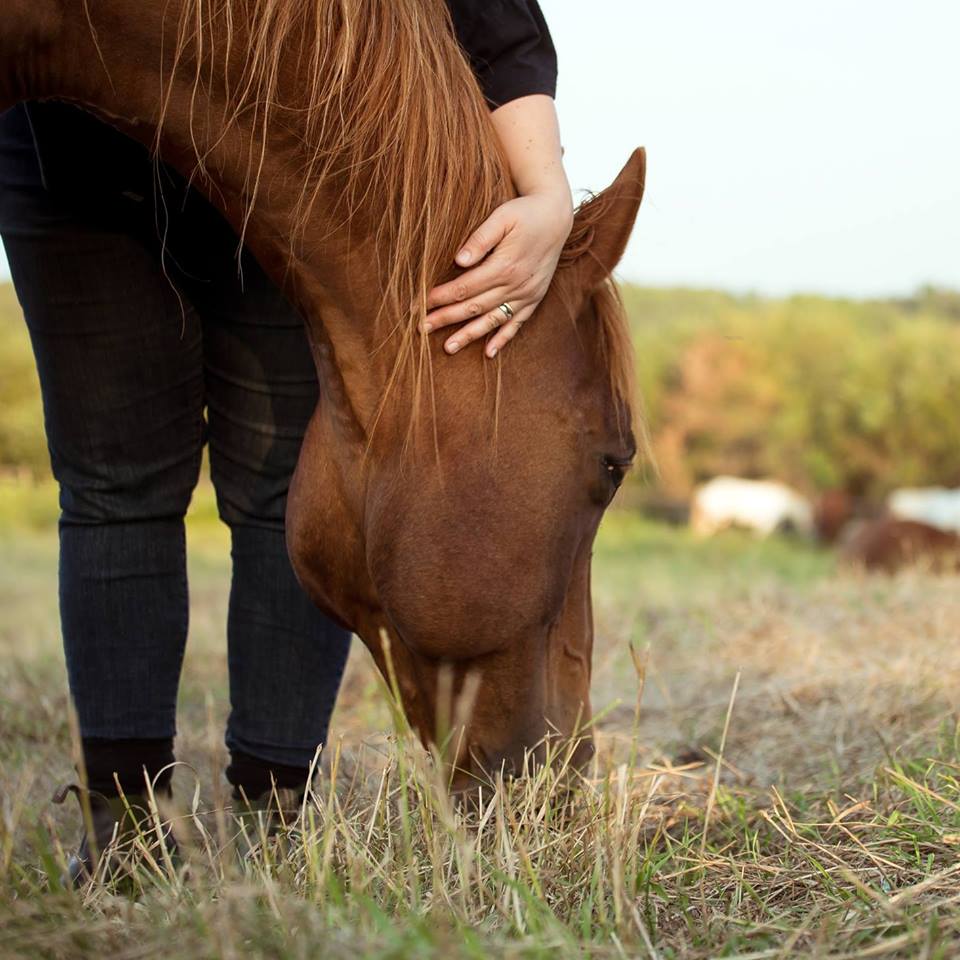
Banner image this page courtesy of the very talented photographer and horse advocate Trisia Eddy of The Prairie Darkroom.


T-SHIRTS IN SUPPORT OF HORSE RESCUE FUND
LIMITED TIME OFFER FREE SHIPPING CANADA & USA
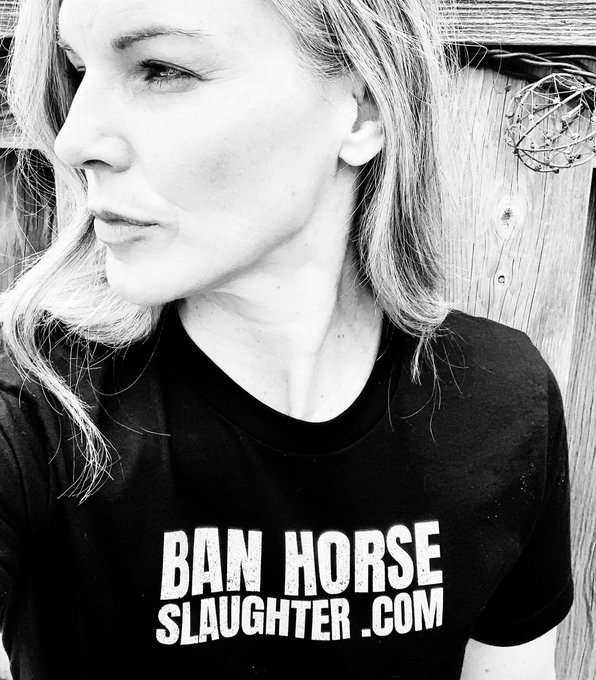
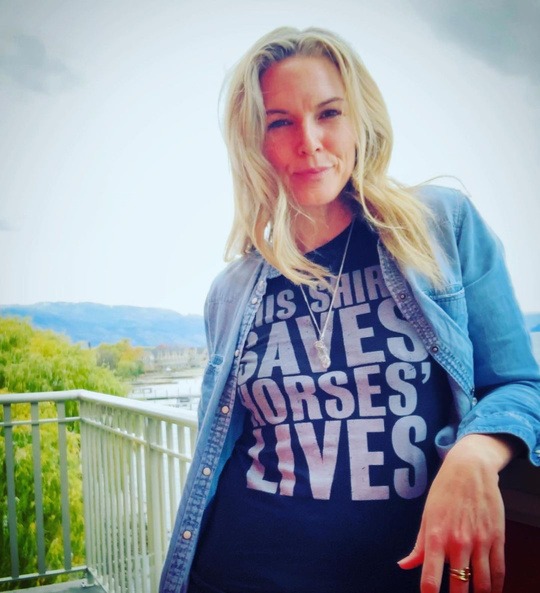
CANADA SLAUGHTERS HORSES FOR HUMAN CONSUMPTION
It may be hard for some to believe that tens of thousands of horses, including pets, are routinely slaughtered in Canada, for human consumption.
Some of the meat is consumed in Canada and much of it is shipped to the European Union and other markets, including Japan.
The barbaric slaughter of horses is currently not legal in the United States, BUT horses, including pets and ex-racehorses, from the United States are shipped to Canada and to Mexico to be slaughtered.
In addition Canada allows for the transportation of live horses to Japan, to be slaughtered for human consumption, and unfortunately the transportation of horses destined for slaughter within Canada, and by air, is far from humane.
CONTACT SENATE AG COMMITTEE
VIDEO: CBC CANADA NEWS TONIGHT
A POWERFUL INFORMATIVE SEGMENTThank you, Jann Arden, for your unwavering commitment to advocating for the protection of horses. Your efforts, particularly in helping to ban the live export of horses for slaughter, have made a tremendous difference. (That is an...
SHOW HORSES SHIPPED TO JAPAN FOR SLAUGHTER
First published August 31, 2022 - UPDATED December 14, 2024. Have you ever wondered who is behind exporting horses from Canada to Japan for the purpose of slaughter for human consumption?According to an article from Ontario Farmer magazine titled: HORSES STILL HEAD TO...




